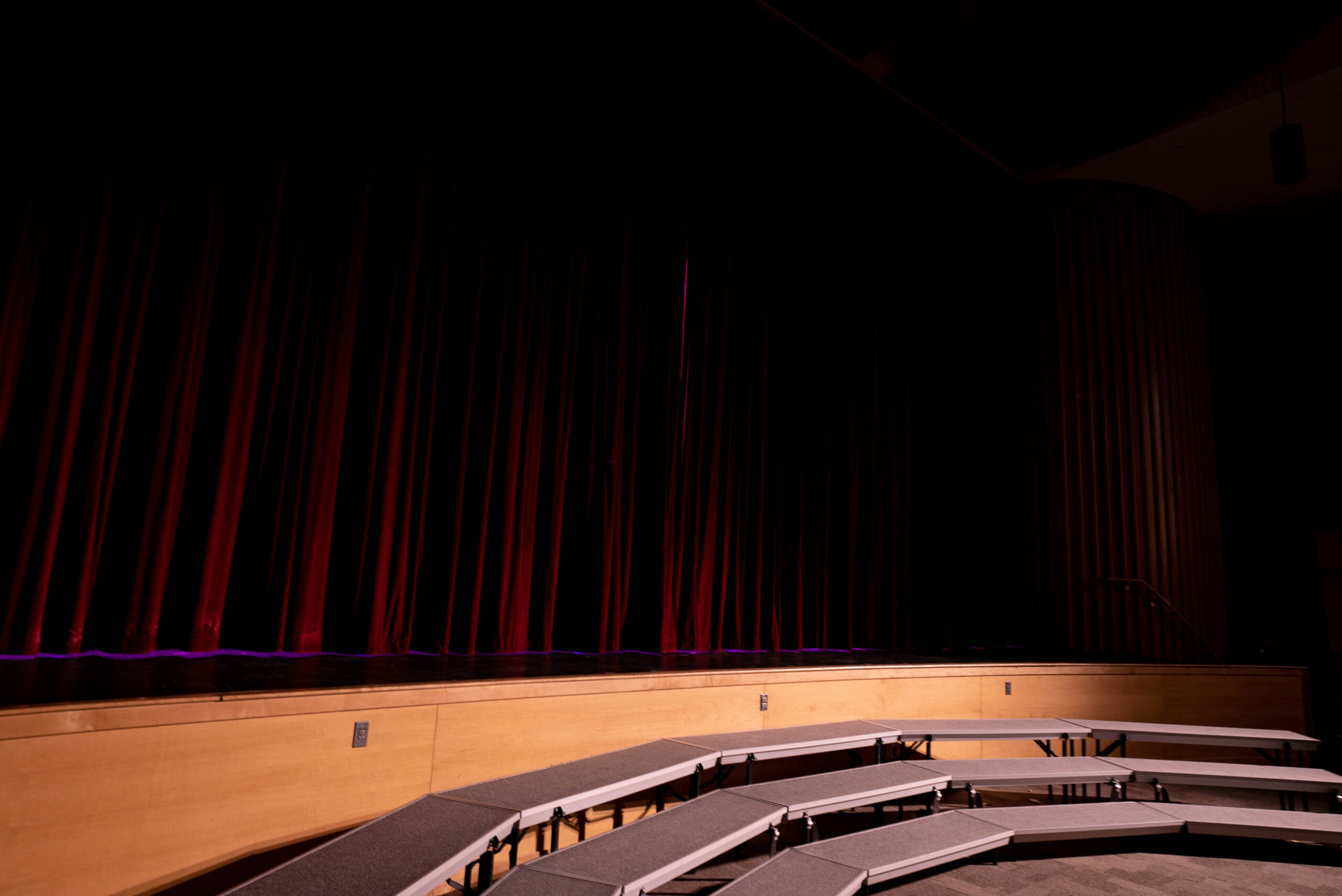
It’s a fact that students and teachers spend the majority of their days under the glare of artificial light sources. And while throughout the history of education, much has been done to improve the quality of air and water in schools through better HVAC and plumbing systems, studies have only recently been conducted to research the effects of artificial lighting on students and the quality of their educational experience.
Interestingly, this research comes at a time when advances in LED lighting technology are also allowing public and private schools to save substantially on the high energy and maintenance costs associated with incandescent and fluorescent lighting.
Would you knowingly send your children into an environment with a risk of exposure to toxic chemicals like PCBs and/or mercury? Of course you wouldn’t. Yet every day across many school districts, students sit for hours on end under fluorescent light fixtures that contain these harmful substances in their ballasts. Whether due to a slow leak or sudden rupture, the hazards associated with exposure to these toxins should be enough for informed schools to seek an alternative.
Fortunately, in quality resources, lighting educational spaces with LED fixtures is now seen as the safest and most cost-effective choice for the following reasons.
Recent studies have shown that classroom lighting can help boost the psychological stability of students. With the LED lighting’s ability to change its white light hue to better mimic natural daylight and even vary its intensity and color according to the time of day, students’ circadian rhythms are better supported. The results are that with LED lighting, students become more alert, less hyperactive and happier. In fact, they even report fewer distractions.
In some ways, this information isn’t surprising, as therapeutic lighting has been used to treat several forms of depression with great success. Moreover, when eye strain due to poorly lit rooms is corrected, psychological benefits show up.
In addition to supporting students’ psychological stability, LED lighting can help supply students with a more productive learning environment. In one study alone, after switching to LED lighting, teachers reported a 35 percent increase in reading speeds and a 45 percent reduction in the frequency of errors. And with the students’ biological clocks supported by the previously mentioned adjustable color temperature of LED-emitted light, the resulting learning environment led to better overall test scores and productivity.
Thanks to the central control systems associated with LED lighting, school areas beyond the classroom — such as libraries, gymnasiums, auditoriums, hallways, building exteriors and even playing fields — can all benefit from this low-maintenance light source. Even emergency lighting systems operate more quickly and effectively when switched to LED lighting.
Illuminated Integration is a full-service audio, visual and lighting (AVL) solutions provider with decades of in-house creativity and experience. Contact us today to learn more about how LED lighting can bring educational, psychological and health benefits to your school.